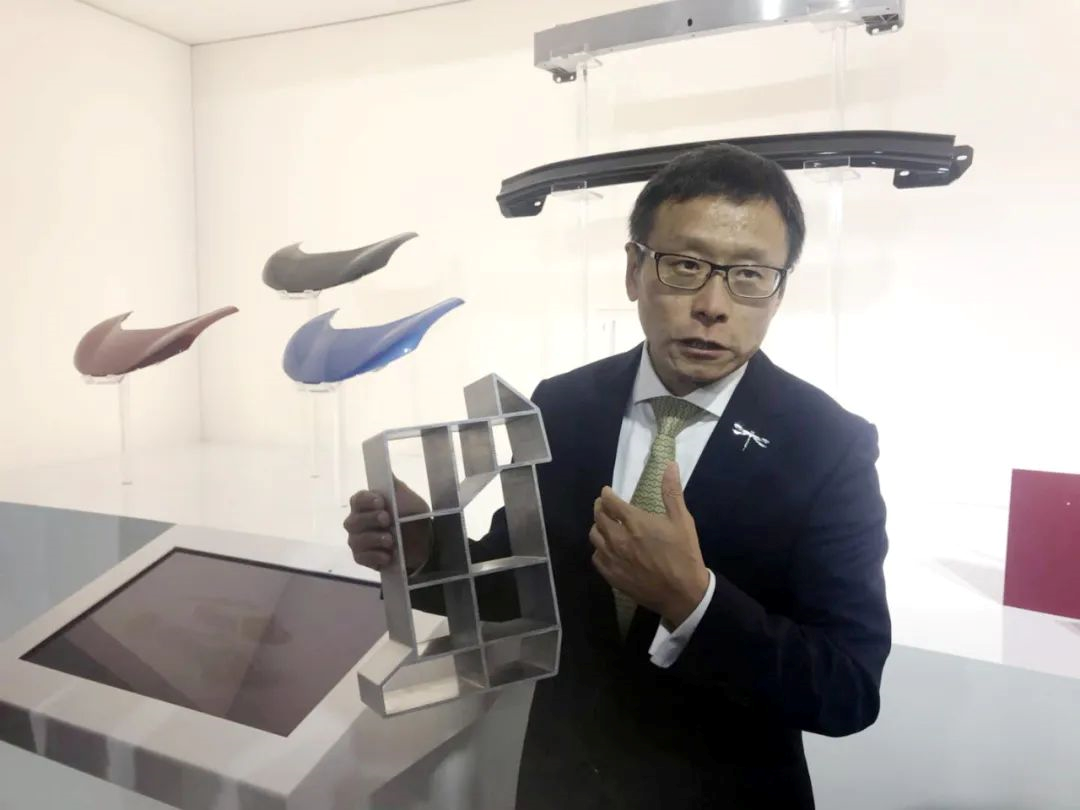Pricing and Strategy for BYTON’s Second Car, K20
Author: Qiu Kaijun
The first car is priced at 686,800 yuan, while the second car starting at 86,800 yuan is now open for presale.
The pricing strategy of BYTON’s second car sends a strong signal of returning to the race track.
On June 6th, BYTON, long-awaited by many, held an online launch event on Douyin, kicking off the presale of the K20. As the guidance price of the first car, the K50, was close to 7 million yuan, many were surprised when the K20 pre-sale price tag of 86,800 to 1,498,000 yuan was announced.
“Can they make a profit with this price?” many wondered.
On June 7th, “Electric Vehicle Observer” interviewed BYTON’s Chairman Lu Qun. He said frankly:
“We cannot lose money for the sake of attention. We are quite confident that we can make a profit.”
Some people believe that the K20 may be difficult to make a profit because it uses aluminum alloy for the car body, but Lu Qun’s confidence is also in aluminum alloy.
Through innovative materials and processes, including aluminum alloy, BYTON has reduced its production costs and built its own competitiveness.
Even when looking ahead to the future competition factors of intelligent electric vehicles, Lu Qun believes that the homogenization of intelligence will gradually mature, while consumers will still focus on basic factors such as appearance, cost, configuration, characteristics, quality, services, etc.
BYTON’s exploration of new materials, new processes, and the resulting changes in business models will give it a unique advantage and become its killer feature.
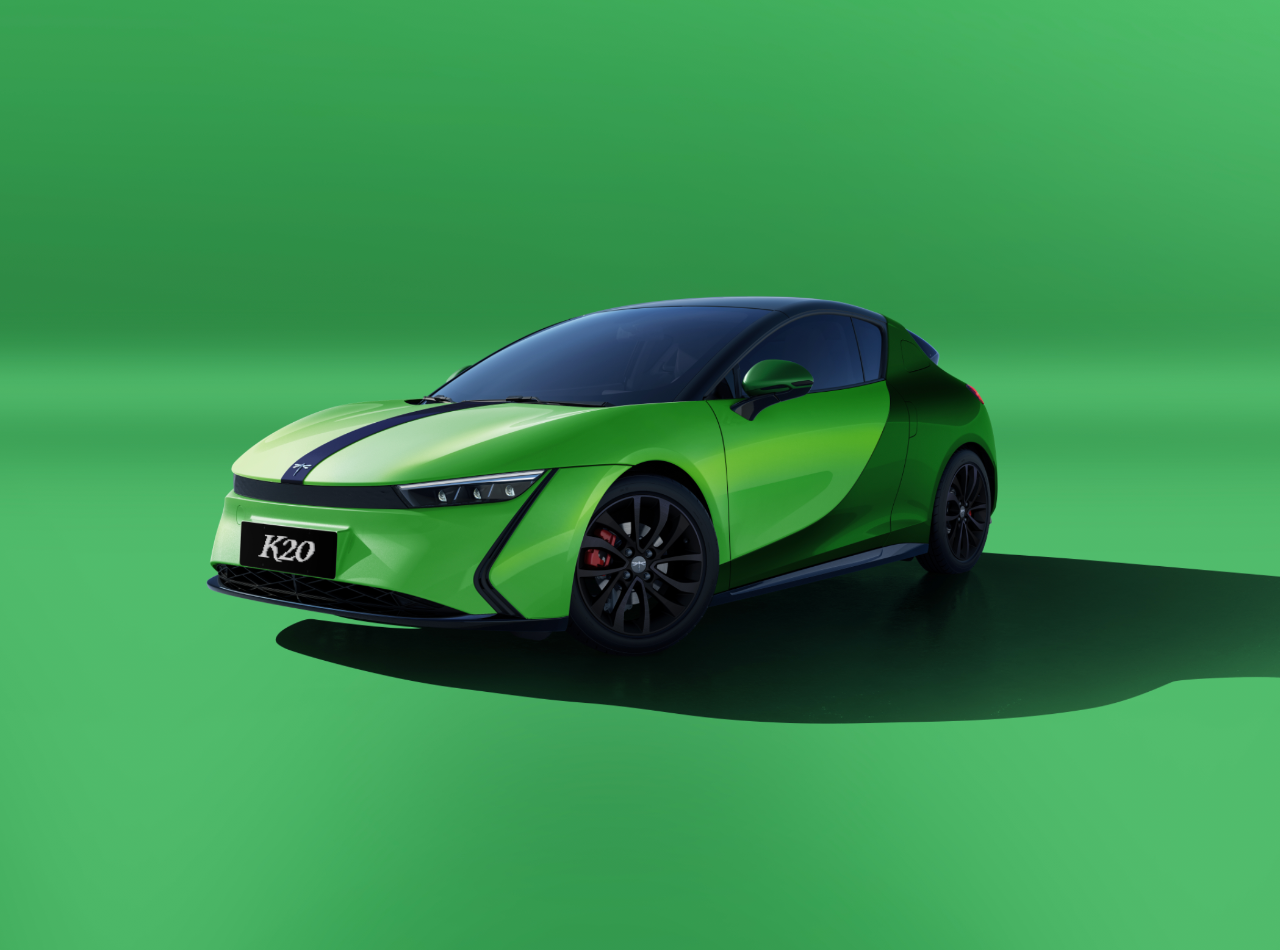
BYTON’s first car, K50, was released in 2018. Over the past four years, BYTON’s sales performance has been poor and financing has stalled, resulting in a brief setback. However, in the last six months, BYTON has received round T financing, recalled its team, resumed work and production, and is now preparing for a counterattack.
Delayed K20
“Star Auto” asked Lu Qun, if he could go back to 2019, what would he want to do the most?
“Go all-in and get the K20 into the market.”
In June 2018, the BYTON K20 concept car was already unveiled. At the 2019 Shanghai Auto Show, the K20 pre-production car was unveiled and was planned to be mass-produced and launched by the end of 2019. However, BYTON made too many adjustments and improvements to the K20, causing it to not be put into production in time.
Since then, BYTON faced financing difficulties, stagnant research, development and production, and lost some of its team members.
It was not until the second half of 2021 that BYTON launched the round T financing, directed at Tsinghua University alumni. In April 2020, BYTON released a customized version of the K50.After the financing of T-series, Foresight Auto continues to promote the mass production of K20. On June 6th, Foresight K20 officially began pre-sale, announcing the return of Foresight Auto to the track.
Lu Qun personally introduced K20.
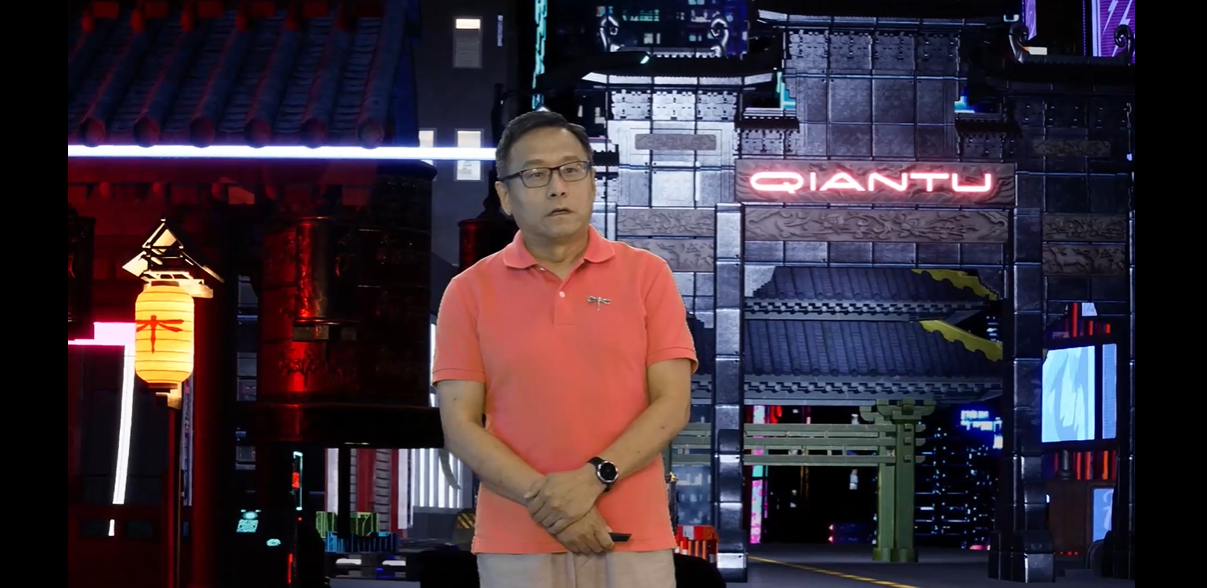
This two-door, two-seater, pure electric hatchback will have a range of 500km and is a pure electric “little steel cannon” specially designed for young people.
He believes that a little steel cannon must have the three main characteristics of sportiness, good looks and personality, that is, good driving, good-looking and fun to play.
Lu Qun first revealed the data: 0-100km/h acceleration in 4.7 seconds. But he emphasized that this number is achievable in daily driving. On the one hand, it requires the front and rear dual motor configuration to achieve peak power output of 217 horsepower; on the other hand, it also requires strong grip. K20 achieves this through the standard front and rear double wishbone suspension system.
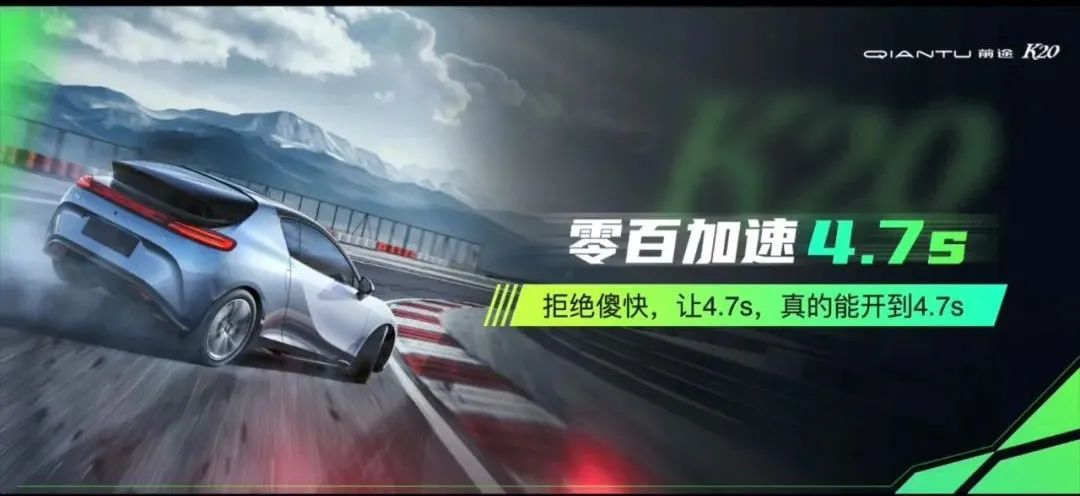
Vehicles equipped with standard double wishbone suspension systems are on the level of supercars – Koenigsegg, Pagani, Ferrari Enzo and McLaren GT. However, the gene of Foresight Auto is sportiness, and the elder brother of K20 – Foresight K50, also has this configuration.
In terms of appearance, Lu Qun first “popularized” that the two most important design elements in car design are proportions and posture.
In terms of size, K20 has a length, width and height of 3741/1624/1263mm and a wheelbase of 2326mm. K20’s wheelbase is almost 4 wheels in proportion, making K20 appear extremely slender. The height of K20 is only two wheels high, giving it a lower and more aggressive posture.
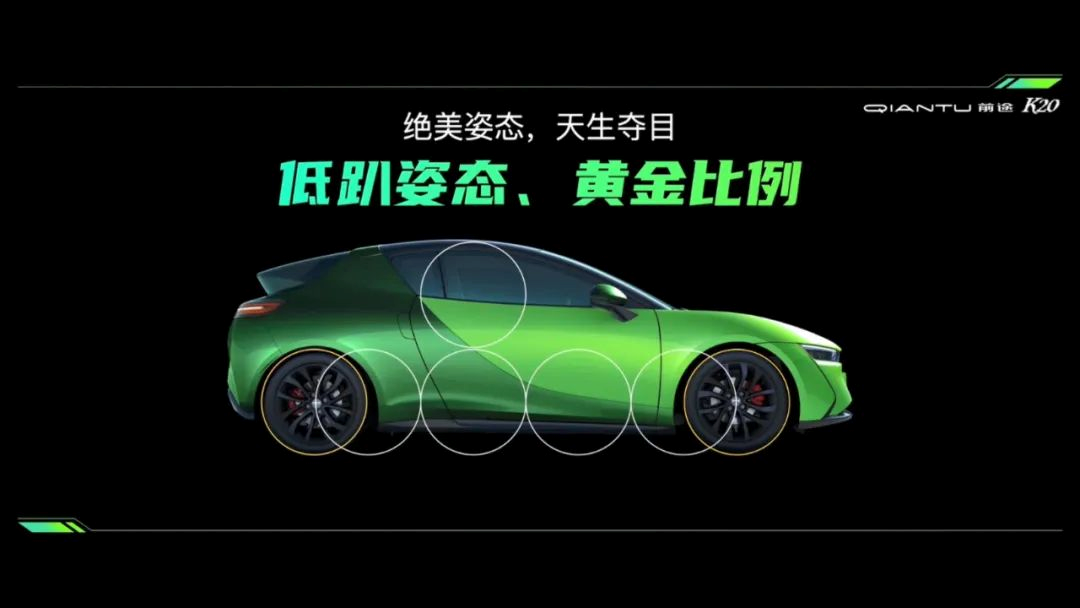
K20 also has a unique body color line on the side – the Wave through Line. The Wave through Line is located at the golden ratio point of the vehicle length and height. Although it cuts through the entire body, it still has harmonious beauty.
In addition, K20 is equipped with a special-shaped tailgate – the Lightning Tailgate. The K20 tailgate is injection molded with polycarbonate composite materials, which not only has the transparency of glass, but also the moldability that glass cannot achieve. Its weight is only one-fourth or even one-fifth of the weight of a traditional tailgate, and it is also a large “deflector”.
K20’s interior adopts the design concept of an embrace-style space capsule and is equipped with a suspended triple screen.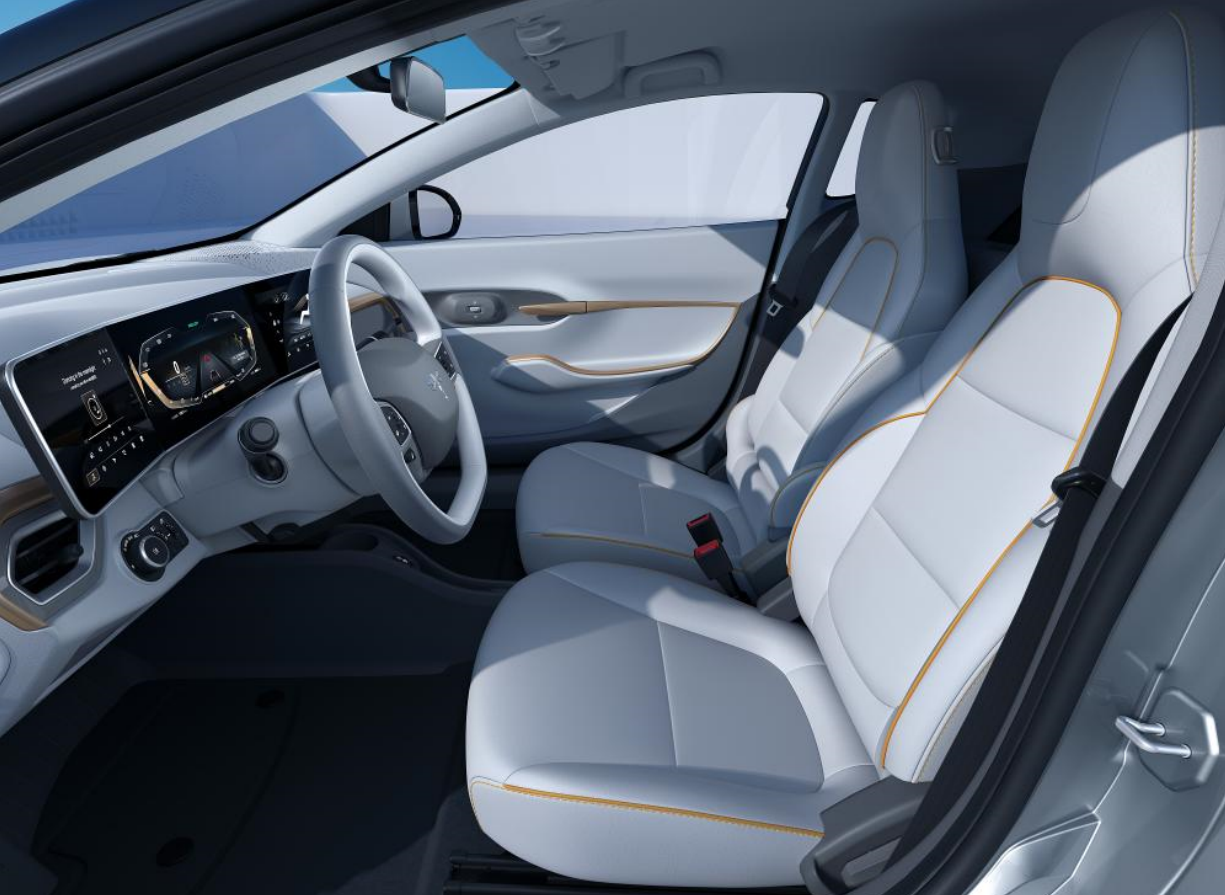
The personality, or novelty, of the K20 is reflected in the “customized services at the whole-vehicle level,” including 40+ optional configurations for the two-tone color combination, hood decorative patterns, caliper, A-pillar color, and more.
Moreover, the K20 supports unprecedented upgrades:
-
First, car owners can purchase different grades of sport kits to upgrade driving performance.
-
Second, software upgrades for improved interaction experience in the car. Car owners can upgrade the UI interactive interface of the vehicle display screen, basic software such as motor electronic control, battery management efficiency, and also carry out algorithm upgrades and iterations for the intelligent control system.
-
Third, skin and styling upgrades. Car owners can switch the shell skin. Lu Qun specifically mentioned the machine shell decorative strip of K20—referred to as “tie” internally by Foresight— which can indeed achieve the frequency of updating a tie and the ease of replacement.
Foresight’s products stand out in design and performance, which is not surprising—The K50 achieved this as well.
What’s surprising is the price. Lu Qun announced that the presale price of the car is 86,800-149,800 yuan. In addition, the K20 will also launch a battery leasing mode to further lower the threshold for purchase.
The target user of K20 is clear, and the matching of selling points and prices is relatively in line.
“We are very clear that K20 accurately corresponds to the first car of young people who have not yet married,” Lu Qun said. “When K50 was introduced, the target users were quite vague, and many marketing efforts were very rough…This is an important reflection for us.”
New materials and new processes will become the killer feature
K20 also has a very surprising feature: the power consumption per 100 kilometers will be around 7-8 kWh.
This car with outstanding sports performance can be so energy-saving because of extreme lightweight—The expected weight of the entire vehicle is only about 780kg.
The root cause is the new materials and new processes adopted by the K20, not the traditional steel and welding.
The K20’s body is an aluminum alloy frame body. The supplier provides the body parts through stamping, extrusion, and die-casting. Foresight’s body factory then assembles these parts into a body through advanced processes such as cold metal transition welding, inert gas protection welding, screw connection, FSD (thermal melt drill self-tapping connection), SPR (self-piercing riveting), structural adhesive bonding and more.
As for the covering parts, while K50 used a lot of carbon fiber, K20 also innovates by adopting composite materials such as PP (polypropylene), and PC (polycarbonate).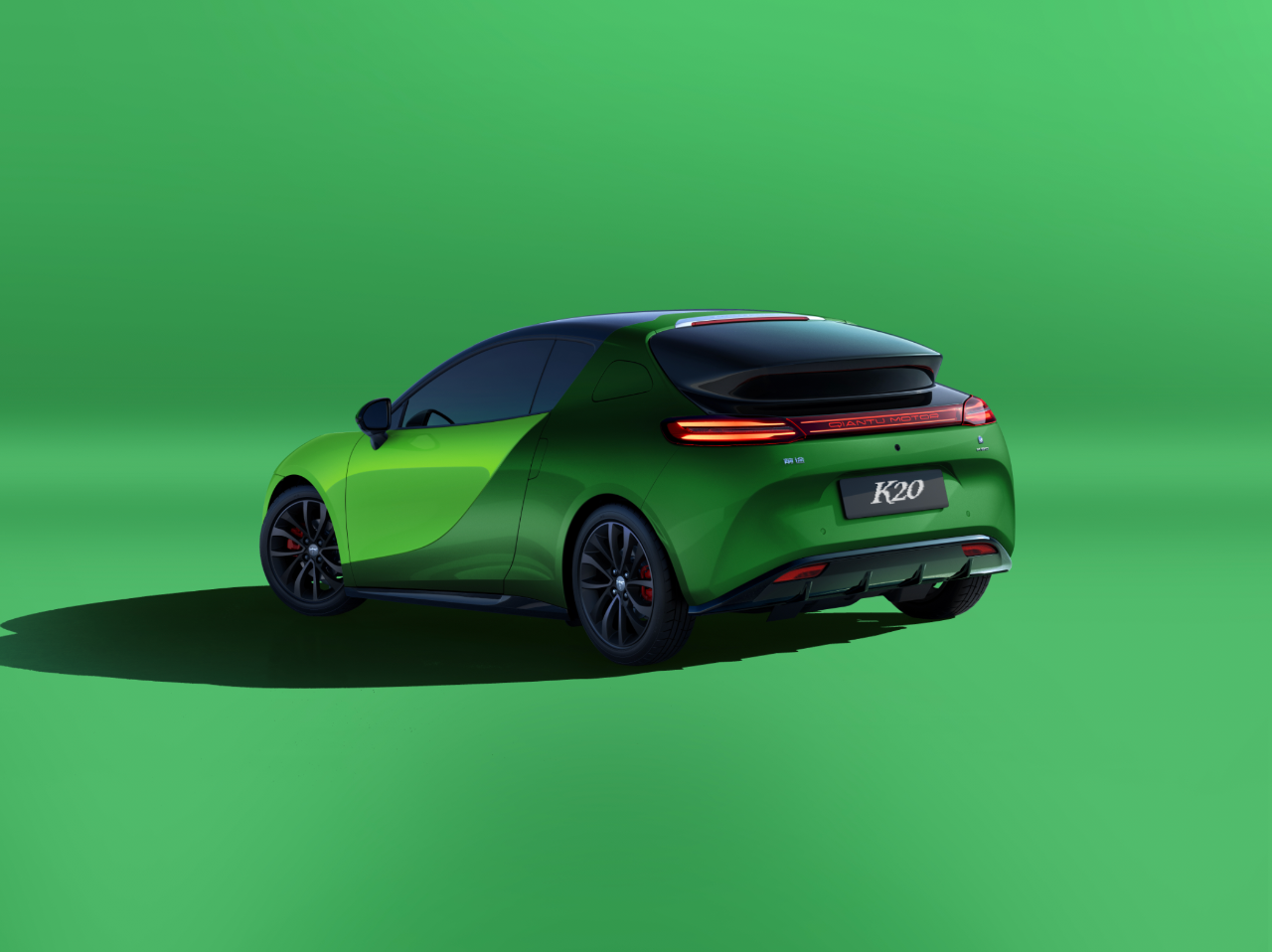
What are the benefits of using these new materials and new techniques?
First, there is a cost advantage.
Although aluminum alloy is more expensive than steel, using aluminum alloy may only require half the weight. At the same time, with the decrease of vehicle weight, less battery is needed to meet the same range requirements, so the overall cost is reduced.
In addition, in terms of equipment investment and processing costs, aluminum alloy is easier to process and does not require as much equipment investment.
On the other hand, the overall integrity of the aluminum alloy body is better and has significantly fewer parts. “A typical steel body is made up of nearly 400 parts welded together. With our K50 aluminum body, the number of parts has been reduced to 200, and the first version of K20 has been reduced to 100,” said Lu Qun. Now the number has been reduced to 60 parts in the almost final frozen state. In addition, there are about 70-80 composite covering parts.”
With fewer parts, there are fewer assembly processes, which can also reduce costs.
Although the first vehicle K50 also used an aluminum alloy body, the cost advantage was not reflected.
Lu Qun said, “We tried to verify it on K50 at the beginning. But K50 was our first attempt, and we didn’t dare to do it so extreme. In addition, K50 was not designed for low cost, but for high performance, with almost 80 degrees of battery. The total cost didn’t come down much.”
But Lu Qun emphasized that with the exploration of K50, the cost advantages of K20 after lightweighting were reflected.
The second benefit is convenience for customers to make personalized customizations.
On the one hand, many of the K20 covering parts are made of PC and PP composite materials. These plastics can be color adjusted during the injection molding process.
On the other hand, the K20 covering parts are corrosion-resistant and do not require paint. A variety of colorful film options can be provided.
“Young people prefer to change their vehicles frequently. After driving for a while, they can change the color and mood. They can choose colors directly made from our composite materials or we can provide them with film options,” said Lu Qun.
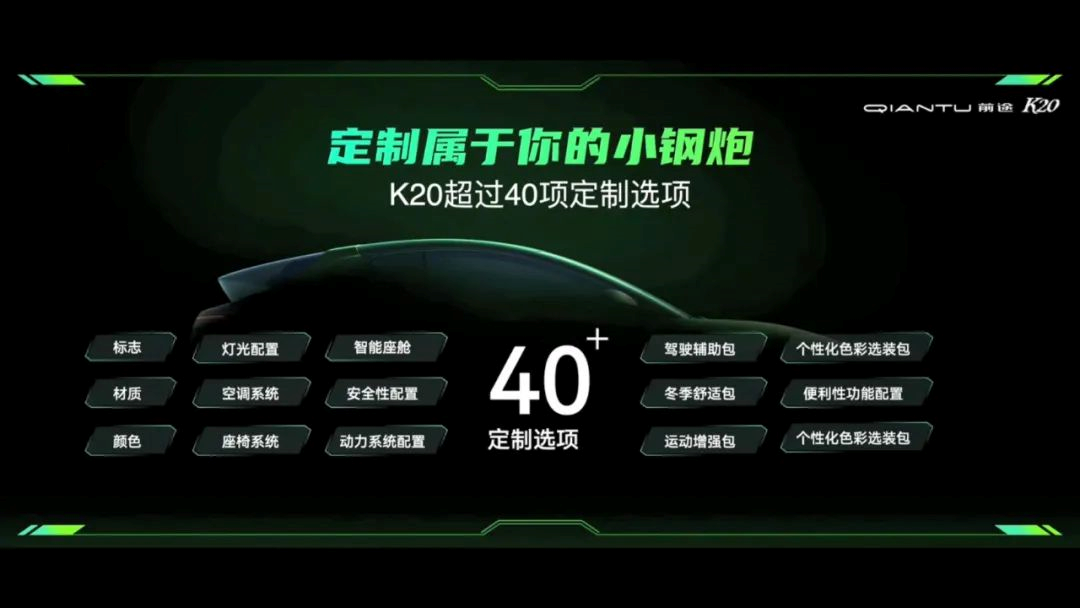
The third benefit is that with so many upgrades, conversions, and modifications available to cars from Future Mobility Corp., Inc. (FMC), FMC can cultivate a design, conversion, and modification ecosystem, such as design studios, conversion factories, and film factories, that can provide more value-added services.
These are the new values and experiences that new materials and new technologies bring to consumers. For Future Mobility Corp., Inc. (FMC), they will become a unique and powerful tool.In the automotive industry, and even among new car companies, there is only one that has actively explored the application of new materials and processes from the very beginning.
According to Lu Qun, the company will continue to explore new materials, optimize and improve the use of existing materials, such as reducing the number of aluminum alloy body parts, lowering mold costs, and improving equipment processes.
Lu Qun believes that compared with traditional automotive companies, “you have no chance if you do what everyone else does.” Therefore, Future Automotive cannot follow the traditional material and process route that has a limited application range.
Relative to the new forces, on the one hand, many new forces are becoming more aware of the competitiveness brought by new materials and processes. This includes Tesla’s application of integrated die-casting technology, which confirms this point. “It proves that our judgment is forward-looking and correct,” said Lu Qun.
On the other hand, Lu Qun believes that it is difficult to differentiate in electrification, and that intelligence “is bound to be homogenized from the perspective of industry development trends and trends.”
In the future, consumers will still look at appearance, cost, configuration, brand, product characteristics, quality, and service when buying a car, and Future’s advanced exploration of new materials and technologies will be its core competitiveness.
The pre-sale of K20 has rekindled hopes for Future’s participation in the race.
However, it should be noted that the speed of electric vehicle players today is much faster than three or four years ago. Future must catch up quickly and push for mass production of K20.
Lu Qun revealed that the Future Automotive Beijing headquarters has already resumed R&D, and the Suzhou factory is currently producing K50. K20 has reached the final engineering freeze stage, and is expected to be launched on the market and delivered in small batches by the end of the year.
In addition, in terms of sales channels, most of Future’s direct stores have been closed except for the Shanghai store. The company has restarted the recruitment of “city partners”, and currently several dozen cities are in talks. City partners are Future’s channel distributors, responsible for selling and delivering cars and earning commission.
On June 14, Future also released good news. Since the pre-sale began on June 6, 15,208 pre-sale orders have been received.
This is undoubtedly a good start.
However, as Lu Qun said, “the past two years have been very difficult. We have passed the lowest point and are starting to climb, but we are still in a hole and have not climbed out of the horizon. Before forming large-scale production, revenue, and profits, we still need to be very cautious and tread on thin ice.”
This article is a translation by ChatGPT of a Chinese report from 42HOW. If you have any questions about it, please email bd@42how.com.
